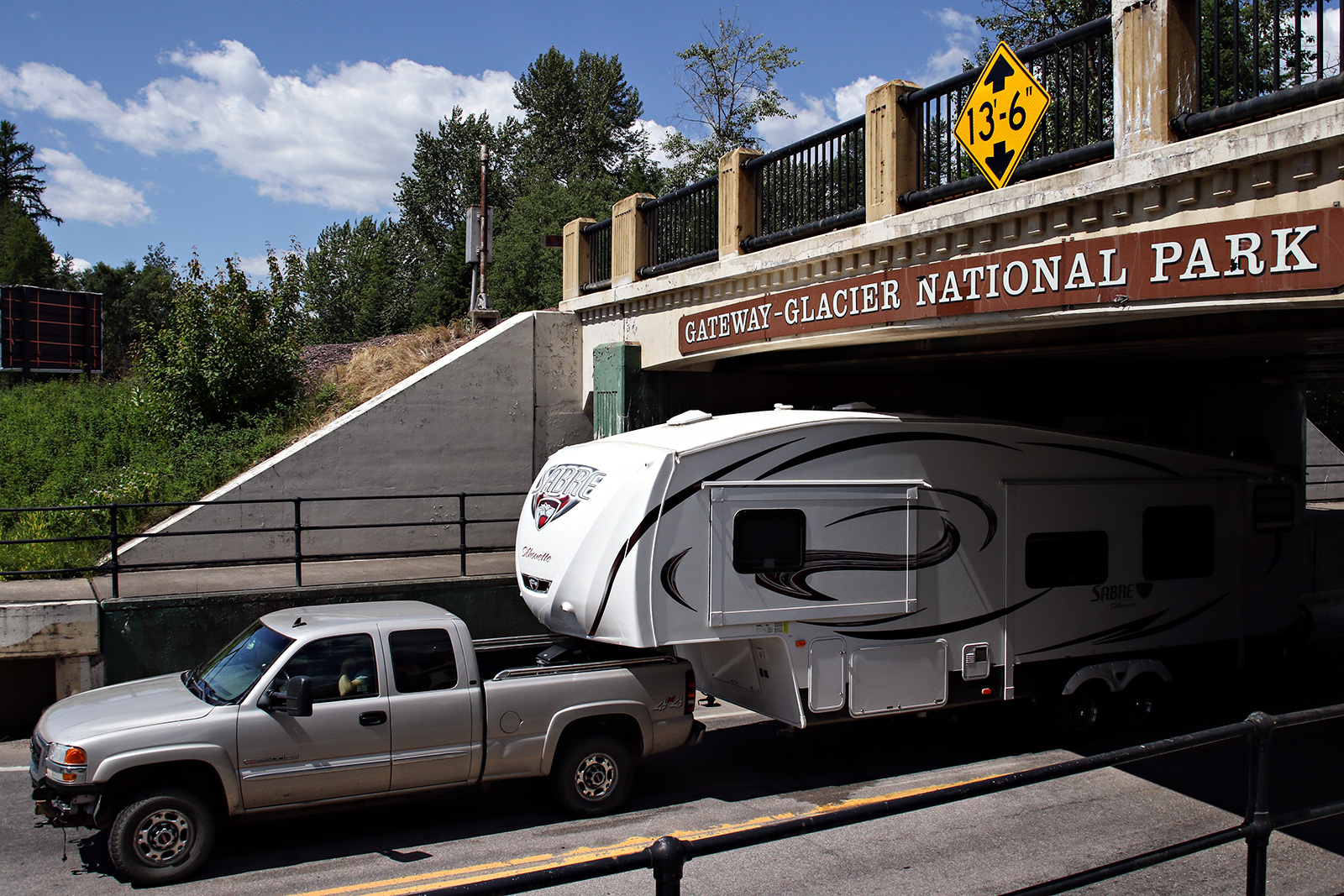
Bill Supporting Gateway Communities to Parks Passes Committee
U.S. Sen. Steve Daines, ranking GOP member on national parks subcommittee, says he crafted the legislation to improve visitor-use management and relieve pressure on public infrastructure
Montana’s U.S. Sen. Steve Daines cheered this week’s committee passage of a bipartisan bill he co-sponsored to assist land managers and local stakeholders develop long-term solutions to a problem that’s been brewing for more than a decade as national parks and the gateway communities that serve them struggle to keep pace with overcrowding and the increased strain on local infrastructure.
The “Gateway Community and Recreation Enhancement Act,” which supports gateway communities and seeks to tackle challenges facing national parks and public lands, advanced on May 3 with action by the Energy and Natural Resources Committee. The legislation is part of the “Outdoor Recreation Act” and will now proceed to a vote before the full Senate.
“Our national parks and public lands help set us apart from the rest of the world, and in Montana, they’re part of our way of life. Just as we take care of our outdoors, we must take care of the gateway communities surrounding them. I’m glad to see my bipartisan bill to support Montana’s gateway communities pass out of Committee with bipartisan support. I’ll keep working to get this bill across the finish line and signed into law,” Daines said in statement.
Introduced in February by Daines, the ranking Republican of the Senate’s National Parks Subcommittee, and Angus King, I-Maine, the subcommittee’s chair, the “Gateway Community and Recreation Enhancement Act” is designed to both study and address challenges facing national parks and public lands, as well as the communities that guard their busy entrances. Daines said those challenges include increased visitation influxes, employee housing shortages and the growing demands on municipal infrastructure. The bipartisan bill also aims to help boost visitation at lesser-known parks, national forests and recreation areas to disperse the crowds converging on the nation’s most popular parks, including Glacier and Yellowstone.
“Across our country, public lands provide Americans the opportunity to connect with incredible natural beauty and make memories that last a lifetime,” King said in a statement.“As parks from Maine to Montana experience record levels of visitation, Congress has a responsibility to help more people experience these treasures while preventing a crush of well-meaning outdoor enthusiasts from loving our lands to death.
The unmatched summer strain overwhelming gateway communities like those girding Glacier National Park has been evident for more than a decade, but was accelerated by the coronavirus pandemic and the influx of new residents and visitors to northwest Montana, prompting Glacier officials to implement a vehicle-entry reservation system for visitors, now entering its second year.
The bipartisan bill would instruct the secretaries of Interior and Agriculture to establish a “visitation pilot program” within two years of the legislation’s enactment, Daines said. Using existing funds available to the secretaries, the federal agencies would collaborate with communities, states, tribes, nonprofits, and community stakeholders to identify visitation trends. The pilot program would also make visitation figures and crowd-level data readily available to visitors and provide suggestions for alternative, lesser-known national parks and federal, state and local recreation sites.
Initially, the secretaries would select 15 units managed by the National Park Service (NPS) and five units managed by the U.S. Forest Service for participation in the pilot program; within five years, however, that participation would expand to include 80 federal units, no fewer than 50 of which would be managed by NPS.
The legislation builds on feedback Daines said he received last July, when the Montana senator led a hearing to examine the effects of increased visitation at national parks, including Glacier and Yellowstone.
Whitefish Chamber of Commerce Executive Director Kevin Gartland attended the hearing to discuss the stumbling blocks gateway communities like his are encountering due to an exponential increase in tourism-related visitation.
In the decade preceding the COVID-19 pandemic, growth in the travel-and-tourism industry outpaced the global economy. In Montana, tourism is the second-leading industry, bringing billions of dollars into the state each year and supporting tens of thousands of jobs for residents. However, rural America saw an influx of visitors in 2020 as people looked to escape the pandemic in search of wide-open spaces, and that trend has extended into 2021 and beyond.